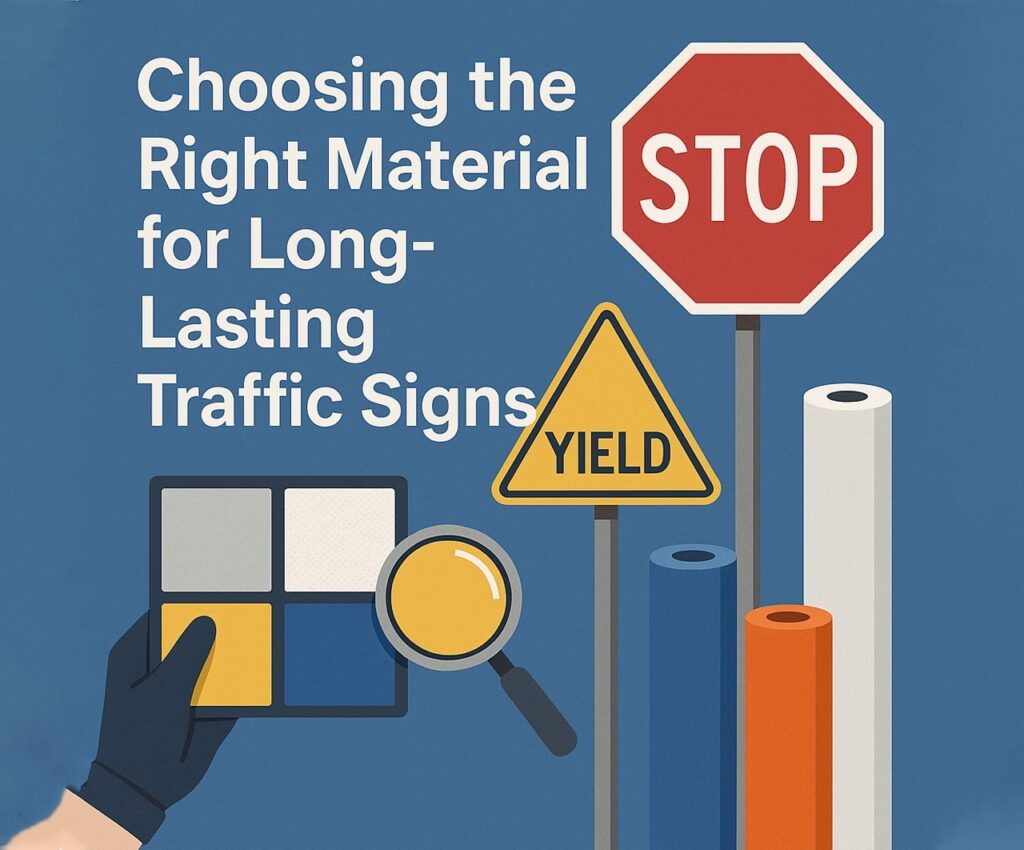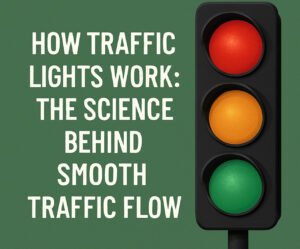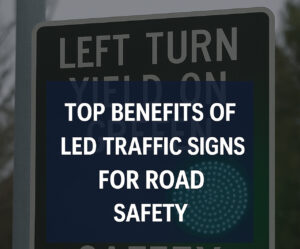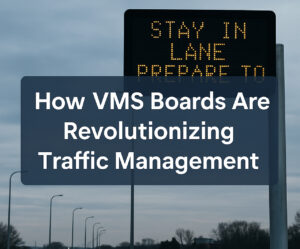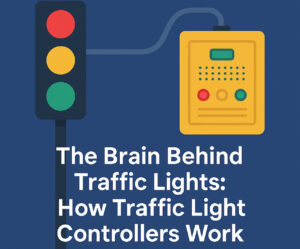In the world of traffic management, the importance of durable and visible signage can’t be overstated. From intersections to construction zones, choosing the best materials for traffic control signs, traffic safety signs, and traffic cone signs is critical to ensuring safety, longevity, and compliance. Municipalities, construction companies, and private contractors all rely on these essential tools to guide drivers and pedestrians. As cities expand and roads become more complex, having reliable signage becomes a non-negotiable requirement.
In this article, we explore the pros and cons of various materials used in the production of traffic control signs, break down key factors affecting their longevity, and offer guidance for choosing the best option based on use case, environment, and budget. Know more..
Understanding the Types of Traffic Signs
Before diving into materials, it’s helpful to understand the categories of signage. Common types include:
- Traffic control signs: These are regulatory signs such as stop signs, yield signs, and speed limits.
- Traffic safety signs: Warning signs like pedestrian crossings, sharp curve warnings, and construction zone alerts.
- Traffic cone signs: Typically smaller signs attached to cones used temporarily during road work or emergencies.
All three types serve different roles but share a common need for durability, visibility, and compliance.
The Most Common Materials for Traffic Signs
1. Aluminum
Aluminum is the most widely used material for permanent traffic control signs and traffic safety signs.
Pros:
- Rust-resistant and weatherproof
- Lightweight yet strong
- Reflective sheeting adheres well
- Long lifespan (often 7–10 years or more)
Cons:
- Higher upfront cost
- Can be stolen for scrap value
Best for: Long-term outdoor use in cities, highways, and rural areas.
2. Plastic (Polyethylene or Polycarbonate)
Plastic signs are common for traffic cone signs and temporary traffic safety signs.
Pros:
- Lightweight and cost-effective
- Easy to install and transport
- Impact-resistant
Cons:
- Shorter lifespan
- Prone to fading and cracking over time
Best for: Temporary setups or areas with low traffic volume.
3. Composite Materials (Aluminum Composite Panels)
These are newer alternatives that combine layers of aluminum with plastic cores.
Pros:
- Excellent durability
- Lighter than solid aluminum
- Resistant to bending and warping
Cons:
- More expensive than plastic
- May delaminate in extreme weather if poorly manufactured
Best for: Areas requiring long-term signage without the weight of full aluminum.
4. Steel
Less commonly used today, steel was once the go-to material.
Pros:
- Extremely strong
- Long lifespan
Cons:
- Heavier
- Prone to rust if not treated properly
Best for: Industrial zones or locations with high wind loads.
Reflective Sheeting: A Must-Have for Visibility
Material is only part of the story. Reflective sheeting is applied to the face of traffic control signs and traffic safety signs to enhance visibility, especially at night or during poor weather. Types of reflective sheeting include:
- Engineer Grade: Basic visibility, lasts 5–7 years
- High Intensity Prismatic: Brighter, lasts 10 years
- Diamond Grade: Highest visibility, 12+ year lifespan
When selecting signs for nighttime visibility or areas with poor lighting, investing in higher-grade reflective sheeting is essential.
Environmental Factors to Consider
Different materials react differently to environmental conditions. Here’s how common materials perform in various environments:
Coastal Regions
- Aluminum is ideal due to salt-resistant properties.
- Avoid steel due to rust risk.
Desert Climates
- Use UV-resistant coatings to prevent fading of plastic and reflective sheeting.
Snow and Ice Zones
- Aluminum or composite materials with anti-ice coatings ensure visibility year-round.
Urban Centers
- Consider vandal-resistant or graffiti-resistant coatings, especially for traffic safety signs and traffic cone signs in high-footfall areas.
Durability vs. Cost: Striking a Balance
Durability often comes with a higher price tag. Municipal budgets vary, and it’s important to balance longevity with cost-effectiveness. Here’s a breakdown:
| Material | Average Lifespan | Initial Cost | Maintenance Needs |
| Aluminum | 10+ years | High | Low |
| Plastic | 2–4 years | Low | Medium |
| Composite Panels | 8–10 years | Medium-High | Low |
| Steel | 10+ years | Medium | High (rust control) |
Traffic control signs installed in high-speed roadways should prioritize aluminum or composite for safety. In contrast, traffic cone signs used for temporary rerouting can be made from plastic to save money.
Customization Options
Depending on your needs, signs can be tailored in the following ways:
- Mounting style: Ground posts, overhead brackets, or cone attachments.
- Color coding: Based on MUTCD standards (e.g., red for stop, yellow for caution).
- Message type: Static vs. changeable message.
- Graphics: Pictograms or bilingual text for inclusivity.
Custom traffic safety signs can enhance understanding in multicultural or multilingual communities, making roads safer for everyone.
Maintenance Considerations
Maintenance is a hidden but ongoing cost. Choosing the right material can minimize replacement cycles and upkeep. Tips to increase lifespan:
- Inspect for fading, cracking, or bending.
- Clean regularly to maintain reflectivity.
- Replace or repair damaged mounting hardware.
- Consider anti-graffiti coatings in urban areas.
Plastic traffic cone signs should be rotated out more frequently, while aluminum traffic control signs can last for a decade or more with minimal care.
Compliance and Regulation
All traffic control signs and traffic safety signs must comply with the Manual on Uniform Traffic Control Devices (MUTCD) in the U.S. Other countries have similar regulatory bodies. Failure to comply can result in liability in case of an accident.
Ensure:
- Reflectivity meets minimum standards
- Fonts and graphics follow MUTCD guidelines
- Materials can withstand local environmental conditions
Sustainability and Recycling
Cities are under pressure to make infrastructure more sustainable. Here’s how common materials stack up:
- Aluminum: Fully recyclable and commonly repurposed.
- Plastic: Partially recyclable, but depends on type and local capabilities.
- Composite Panels: May be recyclable, but harder to process.
Consider sourcing signs from manufacturers who use recycled content or offer take-back programs. Environmentally responsible traffic cone signs and traffic safety signs can still deliver high performance without waste.
Real-World Case Studies
Coastal Cityworks: Switched from steel to aluminum traffic control signs in coastal zones, resulting in a 50% decrease in replacement rates due to rust damage.
Falcon Road Solutions: Uses stackable plastic traffic cone signs for temporary road closures, cutting setup time by 40% and reducing labor costs.
Nova Events Group: Chooses plastic traffic safety signs with reflective prismatic sheeting for nighttime outdoor events, improving safety and minimizing post-event cleanup.
These examples show that matching the right material to your specific need leads to better outcomes.
Final Thoughts: Making the Right Choice
When choosing materials for traffic control signs, traffic safety signs, and traffic cone signs, ask yourself:
- Is the sign temporary or permanent?
- What are the weather conditions like?
- What is the likelihood of impact or vandalism?
- What does the budget allow?
Your answers will point you toward the most cost-effective and reliable solution.
To sum up:
- Aluminum is the gold standard for durability and longevity.
- Plastic excels in short-term or mobile applications.
- Composite materials provide a hybrid solution for many environments.
The material you choose will affect not just cost but safety, sustainability, and performance. Don’t just buy signs—invest in infrastructure.
Whether you’re managing a highway network, overseeing city streets, or planning a major event, the right material in your traffic control signs, traffic safety signs, and traffic cone signs can make all the difference.

